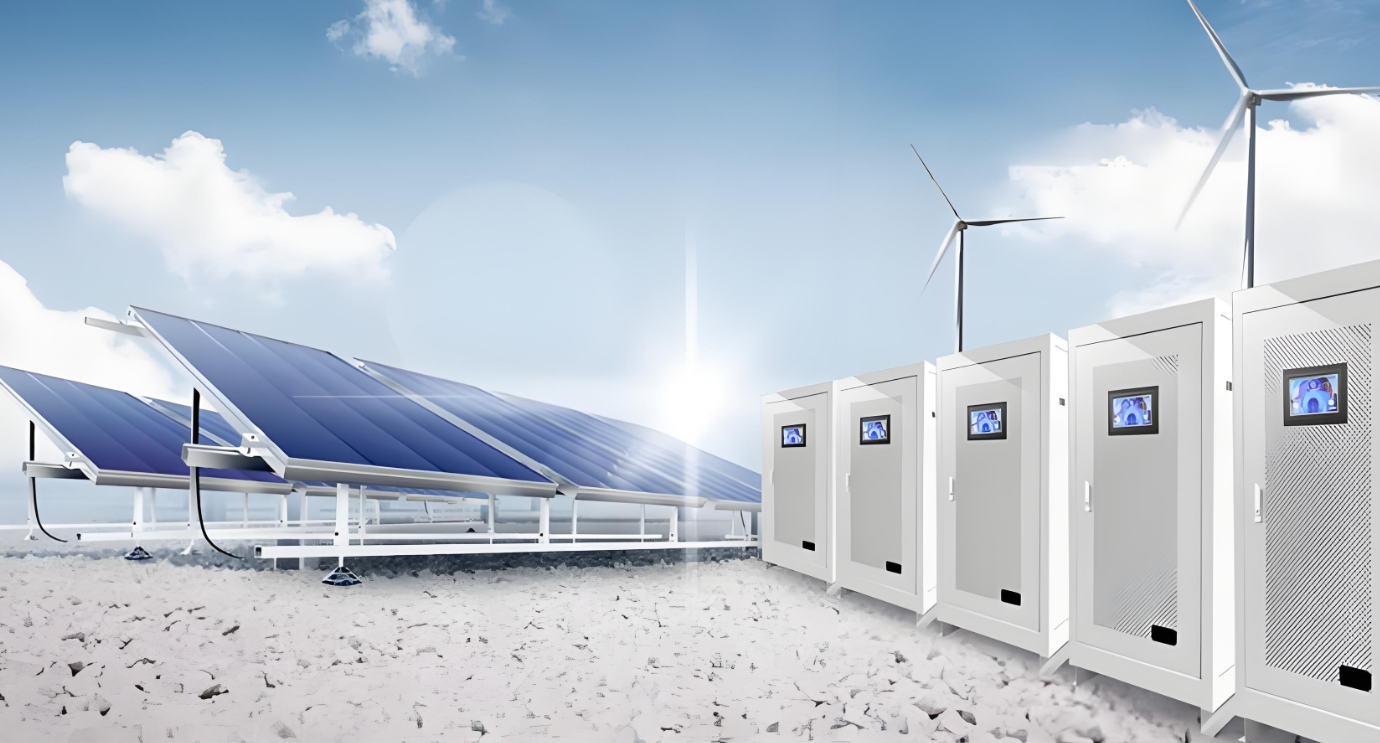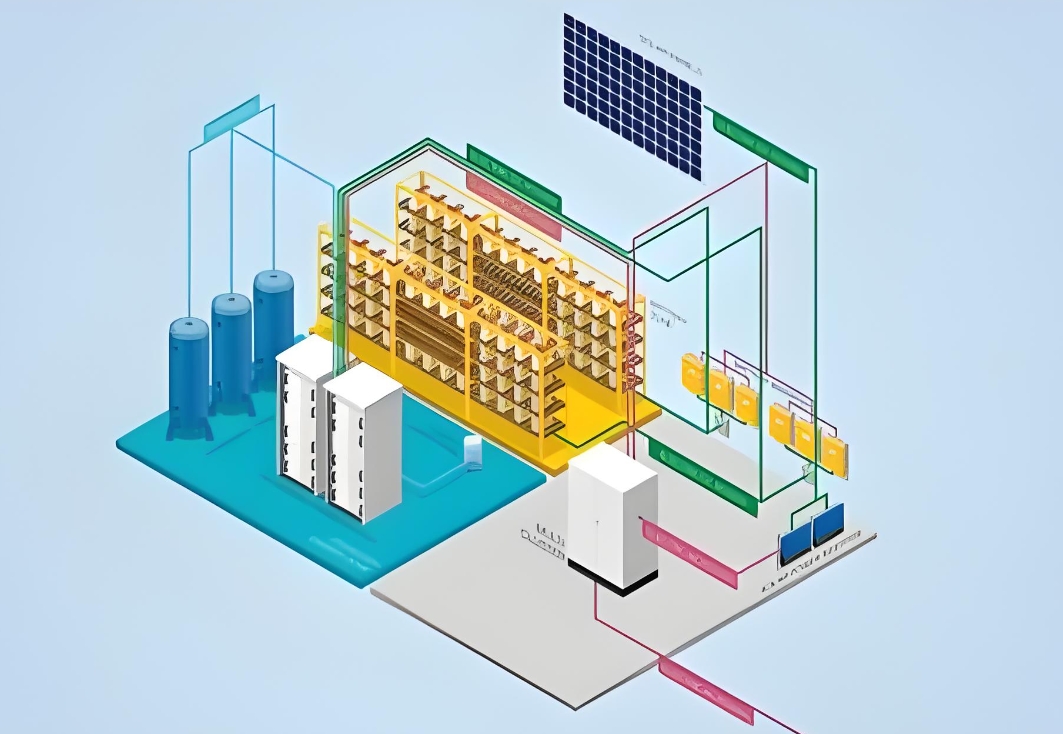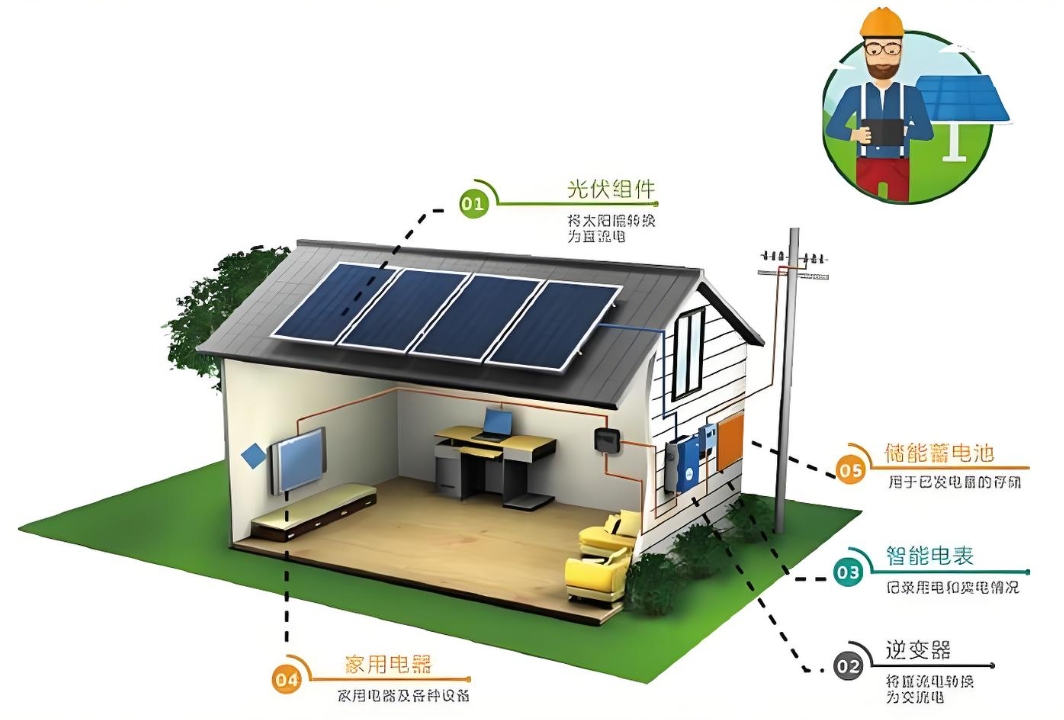Solar Energy Storage System Costs : Pricing, Configurations, and ROI Analysis
Introduction: The Rising Demand for Solar + Storage Systems
With rising electricity costs and increasing climate awareness, solar energy storage systems have become a game-changer for homeowners and businesses worldwide. These systems not only reduce reliance on the grid but also unlock energy independence, emergency backup power, and significant long-term savings.
In this guide, we break down solar storage system costs, explore tailored configurations for different needs, and reveal how to optimize your investment.
Key Components of a Solar Storage System
A solar storage system typically includes:
1. Solar Panels: Convert sunlight into electricity (monocrystalline panels are most efficient).
2. Battery Storage: Stores excess energy (LiFePO4 batteries dominate for safety and longevity).
3. Inverter: Converts DC solar power to AC for home/office use (hybrid inverters enable grid interaction).
4. Charge Controller: Manages energy flow (MPPT controllers boost efficiency by 20-30%).
5. Monitoring System: Tracks energy production and consumption in real time.

Solar Storage System Costs: Price Breakdown
1. Residential Systems (5kW–20kW)
- Typical Capacity: 10–20 kWh battery storage.
- Configuration Example:
- Solar Panels: 8kW system (24×350W panels) → $8,000–$12,000
- Battery: 15kWh LiFePO4 (e.g., Tesla Powerwall, LG Chem) → $10,000–$15,000
- Hybrid Inverter: 8kW → $3,000–$5,000
- Installation & Accessories → $4,000–$7,000
- Total Cost: $25,000–$40,000
- ROI: 6–10 years (with net metering and tax incentives).
2. Commercial Systems (50kW–500kW)
- Typical Capacity: 100–500 kWh battery storage.
- Configuration Example:
- Solar Panels: 100kW system → $70,000–$100,000
- Battery: 200kWh LiFePO4 (containerized) → $80,000–$140,000
- Inverter & Energy Management → $30,000–$50,000
- Installation → $20,000–$40,000
- Total Cost: $200,000–$330,000
- ROI: 4–7 years (via peak shaving, demand charge reduction).
3. Off-Grid Systems (3kW–10kW)
- Typical Capacity: 10–30 kWh battery storage.
- Configuration Example:
- Solar Panels: 5kW → $5,000–$8,000
- Battery: 20kWh LiFePO4 → $12,000–$18,000
- Off-Grid Inverter + Charge Controller → $4,000–$6,000
- Backup Generator (optional) → $2,000–$5,000
- Total Cost: $23,000–$37,000
- ROI: Energy independence in remote areas; eliminates fuel costs for generators.
Factors Influencing Solar Storage System Prices
1. Battery Technology:
- LiFePO4 batteries cost $500–$1,000 per kWh (vs. $200–$400 for lead-acid but 3x longer lifespan).
2. System Size:
- Larger systems lower cost per kWh (e.g., 20kWh systems average $800/kWh vs. $1,200/kWh for 5kWh).
3. Brand & Quality:
- Tier-1 brands (Tesla, Sonnen) cost 20–40% more than generic options but offer better warranties (10+ years).
4. Installation Complexity:
- Roof type, wiring upgrades, and local permitting add $3,000–$10,000.
Government Incentives to Reduce Costs
- USA: Federal Tax Credit (ITC) covers 30% of system costs until 2032. State-level rebates (e.g., California’s SGIP) add up to $3,000/kWh.
- Europe: VAT reductions (0–10% in Germany, Italy) + grants like the UK’s ECO4.
- Australia: Small-scale Technology Certificates (STCs) cut upfront costs by 30–40%.
Real-World Case Studies
Case 1: Arizona Homeowner Saves 90% on Bills
- System: 12kW solar + 20kWh battery.
- Cost: $36,000 (post-ITC: $25,200).
- Result: Eliminated $2,400/year grid bills; pays back in 10 years.
Case 2: German Farm Cuts Energy Costs by 60%
- System: 50kW solar + 120kWh storage.
- Cost: €120,000 (€84,000 after subsidies).
- Result: Annual savings of €18,000; 4.6-year payback.
How to Choose the Right Solar Storage System
1. Assess Energy Needs: Review past utility bills to size your system.
2. Compare Quotes: Get 3–5 bids from certified installers.
3. Prioritize Scalability: Opt for modular systems to add panels/batteries later.
4. Verify Warranties: Ensure 10+ years on batteries and 25 years on panels.
Future Trends: Lower Costs, Smarter Tech
- Solid-State Batteries: Expected post-2025, offering 2x energy density at lower costs.
- Virtual Power Plants (VPPs): Earn cash by sharing stored energy with the grid.
- AI-Driven Management: Optimize energy use via predictive weather and tariff data.
Conclusion: Invest in Energy Independence
Solar storage systems are no longer a luxury but a financially savvy choice for sustainable living. With prices falling and technology advancing, 2024 is the ideal time to lock in long-term savings.
Ready to Get Started? Download our free Solar Storage Buyer’s Guide or connect with certified installers near you!



